Globalisation means dealing with risks – and catastrophe – all over an increasingly uncertain world
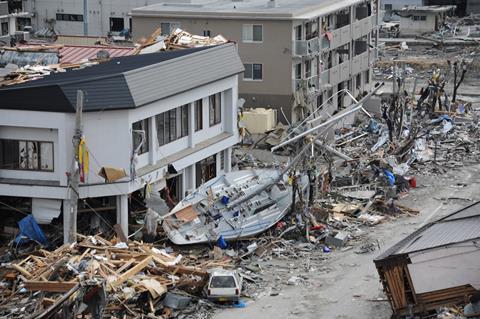
The risk manager’s role has changed dramatically in the last 20 years. In most large corporations the insurance buyer of the early 1990s has been transformed, with insurance just one of the tools that today’s risk manager uses to counter the adverse effects of risk.
Gras Savoye deputy managing director of sales and client strategy Renaud de Pressigny says risk managers today face risks all over the world, unlike 20 years ago when the focus was much more domestic.
He says: “Today’s risk managers are exposed to natural catastrophes in new territories, copyright or counterfeiting issues in emerging markets, political risks, and credit risks in countries where the financial data is scarce and the quality is questionable. All these trends will certainly continue and are changing the risk manager’s job.
“Outsourcing and greater use of suppliers and subcontractors means we are moving today away from risks focused on property to ones focusing on liability and business interruption. Risk managers have moved from a world of first-party risks to one of third-party risks, also taking account of stakeholders and NGOs. It has changed the ways that they need to operate internally.”
Break the silos
His advice is to break the silos. “Many companies have lived for a long time with silos, which can be by product division, geographies or whatever. Now risk is everywhere and risk managers need to be able to establish bridges internally with all their departments: safety, human resources, procurement, IT, and so on.
“For example, the IT department’s focus used to be on protecting company data. Now the most important issue is protecting clients’ data. Risk managers need to be facilitators – the focal point of all areas within a company that is handling and managing risks well.”
De Pressigny adds: “It is important to be clear about the limits and power of insurance. Insurable risks are only a part of the total world of risks to which companies are exposed. However, at the same time, insurance provides a great deal of understanding on how to control risks and put an estimate on the cost of risk, so it can make risk easier to handle.”
‘Natural catastrophes appear to be increasing both in terms of numbers and intensity. The consequences today tend to be much more severe”
Gilbert Canameras, Amrae president and Eramet director of risks and insurance
Allianz Global Corporate & Specialty France chief executive Thierry van Santen - also former head of risk management for the Danone group, Amrae president from 1992 to 1998 and Ferma president from 2001 to 2005 – says the landscape has changed dramatically, with many European companies having much of their risk based outside the continent.
“Today’s risk managers have to face natural catastrophes and other risks specific to areas that they - and the insurance market - may not have addressed properly because of the lack of good risk models,” he says. “Current models focus specifically on certain types of risks, such as earthquake and flood, but in many countries the risks are not really well understood and addressed. Taking Thailand as an example, if there was a flood 50 years ago the country had no industry to speak of, so nothing was insured – or modelled.
Running after a risk
“The result is that today’s risk managers trying to address these risks have difficulties in finding the right expertise. Sometimes it may be too late. If the company has already built a factory in a flood area, what can they do about it? Managers are running after the risk.”
Pirelli group risk management director and Ferma president Jorge Luzzi says that, since 2008, industrialised countries have struggled to regain economic stability. “Countries like Brazil used to be seen as countries with a big, positive future; the same applied to China and India. Yet, nobody had been expecting that such a modification of the world economy could happen at the starting point of the 21st century. The world has a lot to learn from these big, but also different, kinds of societies.
“Brazil, India and China have a culture of commerce and quick decisions, while the developed world is still acting as it did in the past when rapid communication did not condition them to take quick decisions. Even a good decision can take so long that it becomes a bad decision because circumstances have changed.
This characteristic obliges all risk managers to act quickly and just in time. These new, big players will have a considerable effect on the future because they are quite different in culture, religion, and way of thinking to the traditional big powers,” says Luzzi.
Ferma secretary general Pierre Sonigo takes a pessimistic view. “Since 2008, the world has appeared to be in a permanent state of chaos. Crisis has become normality and above all global - thanks to the internet - and uncontrolled. Governments admit their impotence to escape the situation and satisfy their citizens’ expectations for liberty, a comfortable life and happiness. Risks have become planetary: epidemics, stock exchange collapses, corporate failures such as
Lehman Brothers, Enron and AIG, tsunamis and earthquakes that block supply chains because of the failure of contractors. But it may be that ‘we ain’t seen nothing yet’ and that what is waiting for us will turn out to be even more severe.”
Huge challenges
Amrae president and mining group Eramet’s director of risks and insurance, Gilbert Canameras, agrees that the challenges are huge. “Natural catastrophes appear to be increasing both in terms of numbers and intensity. The consequences today tend to be much more severe.
“It is very important to consider where the company is sourcing products and equipment. For example, if it is building a plant in an earthquake-prone zone, it needs to ensure that the construction is strong enough to resist and avoid disaster.”
However, despite the growing challenges, Canameras says that corporate risk management has improved significantly in the last two decades. “It may be because we have a lower risk appetite than in the past. This is due in part to the fact that we now have a regulatory environment that requires companies to show that they are taking appropriate measures to avoid the detrimental consequences of risks. Companies are much more conscious of the need to prevent risks occurring to avoid financial surprises.”
He said: “In the last 20 years, Amrae has helped its members to develop risk management, and this is evident in companies that have totally integrated
the concept. It is now seen not as a constraint or just a regulatory requirement, but as a tool that can help companies to create value and be winners in their competitive environment.”
Top ten risks
StrategicRISK’s 2011 Risk Report summarises the concerns of some of Europe’s leading risk managers, who identified the top 10 risk concerns as:
- Economic recession and recovery
- Political turmoil
- Climate change
- Data theft and leakage
- Regulation
- IT security
- Energy and commodity prices
- Crime and corruption
- Civil unrest
- Exchange rates






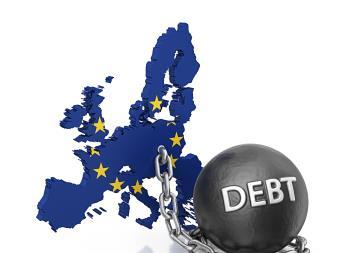
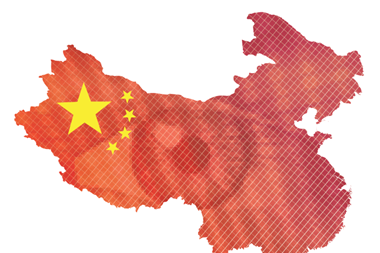

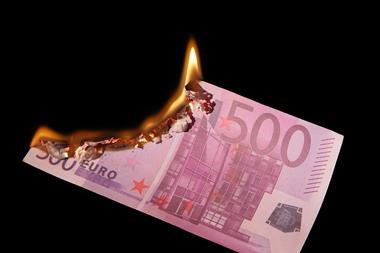
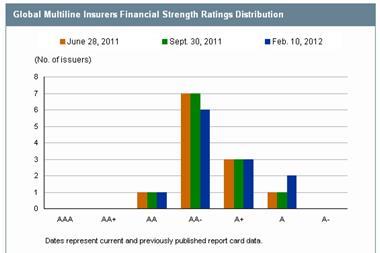









No comments yet